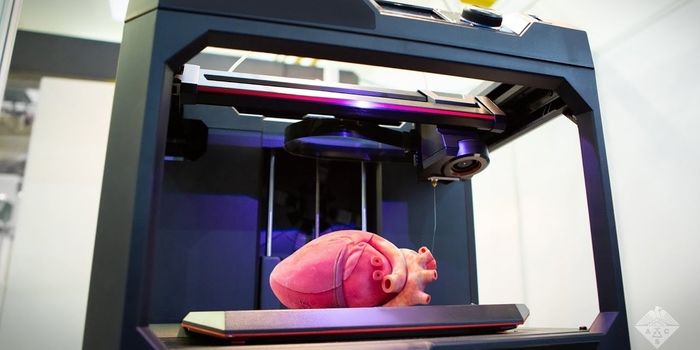About That EM Drive Idea...
Traveling through space requires a lot of fuel, and this limitation defines just how far we can go.
Physicists have been experimenting with the ‘impossible drive,’ also known as the EM drive for short, for quite some time. This method of theoretical propulsion doesn’t use fuel but instead takes advantage of microwaves bouncing around inside a conical structure.
Previous EM drive tests conducted by NASA engineers showed that the theoretical propulsion method could be plausible, but physics don’t seem to agree with the results, leaving a lot of wiggle room for potential human error in the data.
But new research conducted by German researchers further highlights this speculation after they were unable to achieve any propulsion in a super vacuum with EM drive technology.
While the results are indeed unfortunate, they are to be expected given what we understand about physics. But that doesn’t mean researchers will stop searching for possible propulsion alternatives.








